Summary
The lake is known for its clear, cold water that is home to a variety of fish species.
The most prevalent fish species in Red Castle Lake are Brook Trout, Cutthroat Trout, and Rainbow Trout. Anglers can expect to catch fish ranging in size from 10-16 inches, with occasional larger catches. These fish can be found throughout the lake, though some of the best fishing spots are near the inlets and outlets of the lake.
In addition to fishing, visitors to Red Castle Lake can enjoy a variety of other outdoor activities, such as hiking, camping, and wildlife viewing. The area is home to a number of trails that offer stunning views of the surrounding mountains and valleys.
For those looking to fish Red Castle Lake, there are a few tips to keep in mind. First, it is recommended to use lightweight spinning gear and small lures, as the fish in the lake can be easily spooked. Second, anglers should be prepared to hike to the lake, as it is a 7.5-mile round trip from the trailhead.
The best time of year to visit Red Castle Lake for fishing is from mid-June to early September, when the weather is warm and the fish are most active. Average temperatures during this time range from the mid-60s to mid-70s°F. However, visitors should be prepared for sudden changes in weather and should bring appropriate clothing and gear.
Weather Forecast
Nearby Streamflow Levels
Angling Safety Guidelines
Check local fishing rules, seasons, size limits, and license requirements to ensure legal and sustainable angling.
Handle Fish Responsibly
Use wet hands, minimize air exposure, and release fish gently to improve survival rates when practicing catch-and-release.
Choose the Right Gear
Match your rod, line, and tackle to the species and conditions to increase success and reduce unnecessary harm to fish.
Respect the Waterway
Avoid disturbing habitat, prevent bank erosion, and keep a safe distance from spawning areas to protect ecosystems.
Keep It Clean
Pack out all line, hooks, bait containers, and trash—discarded gear can injure wildlife and degrade waterways.
Related Links
Area Campgrounds
| Location | Reservations | Toilets |
|---|---|---|
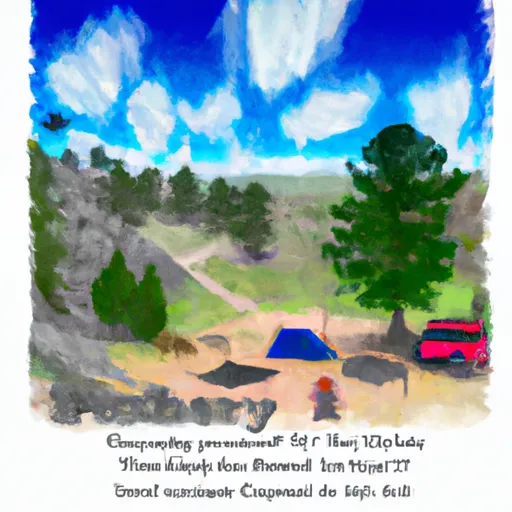 Trail Head Campground
Trail Head Campground
|
||
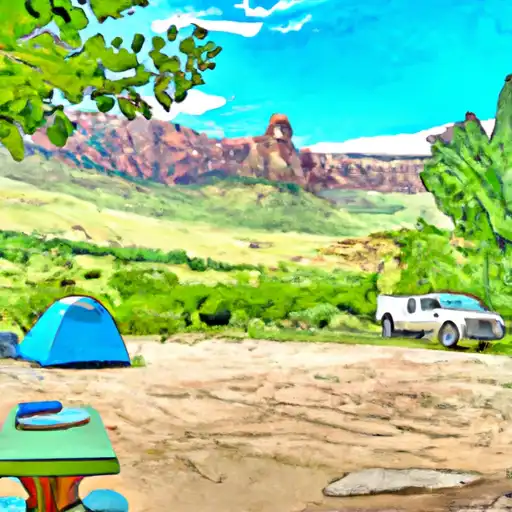 China Meadows
China Meadows
|
||
 China Meadows Campground
China Meadows Campground
|
||
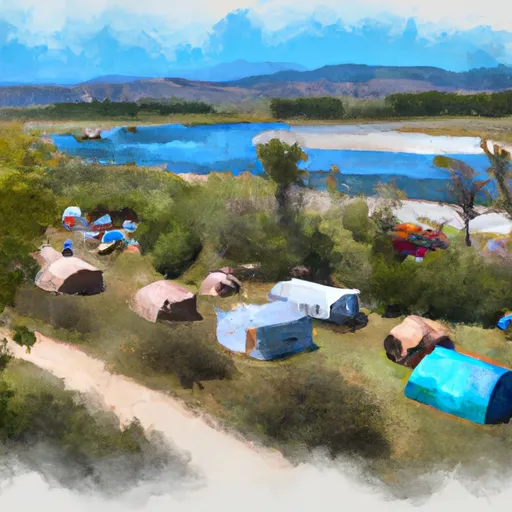 Marsh Lake Campground
Marsh Lake Campground
|
||
 Marsh Lake
Marsh Lake
|
||
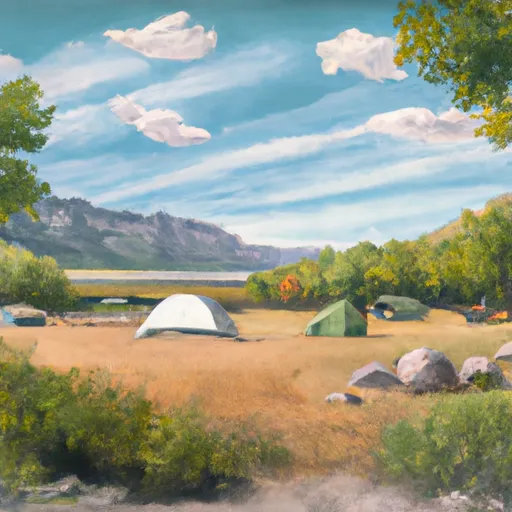 Little Lyman Lake Campground
Little Lyman Lake Campground
|

 Lake Atwood
Lake Atwood
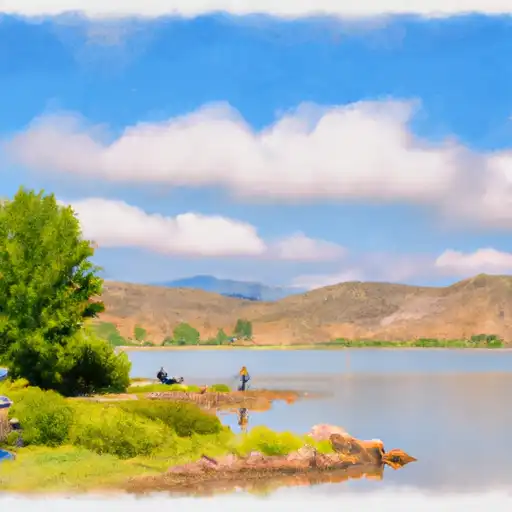 Carrol Lake
Carrol Lake
 China Lake
China Lake
 Henrys Fork River
Henrys Fork River
 Marsh Lake
Marsh Lake
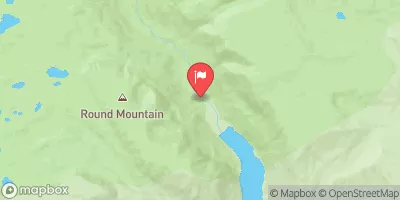
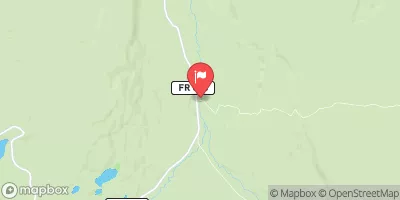
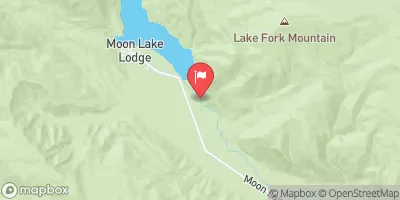
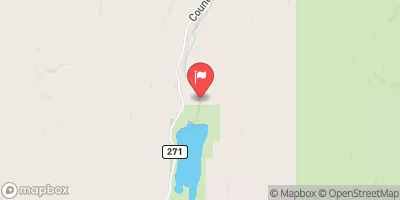
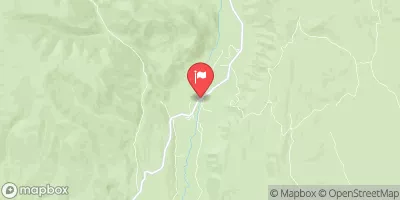

 Atwood Lake
Atwood Lake